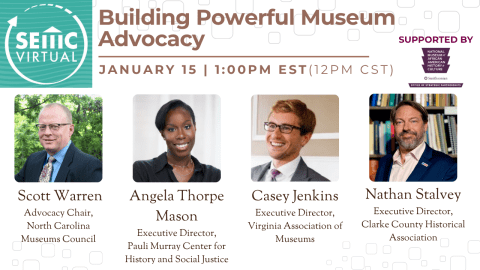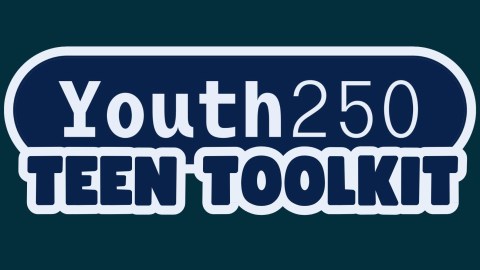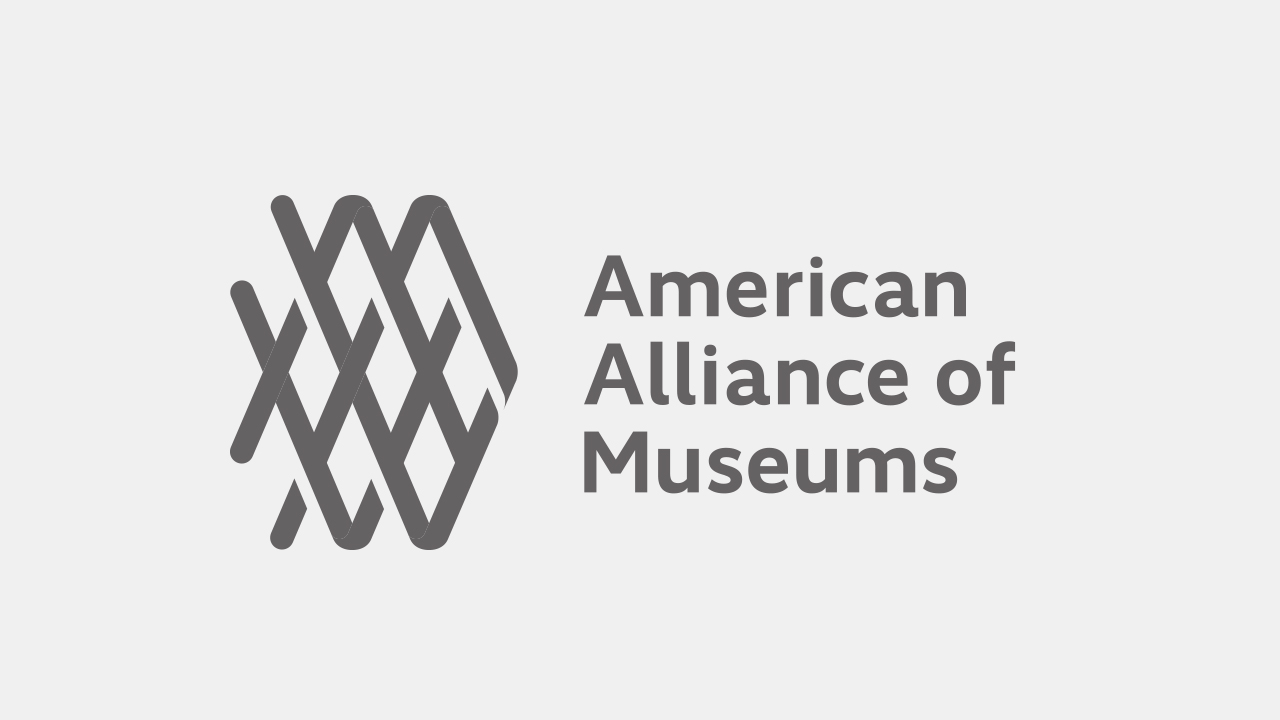
More numbers don’t equal more insight. If your dashboard feels more like a data dump than a decision-making tool, you’re probably measuring too much. And if you don’t have a dashboard, well, read on.
Museums are no strangers to measurement. From visitor counts to net promoter scores to revenue reports, there are many meaningful numbers to track. But in an era of tight resources, complex social challenges, and shifting public expectations, leaders we work with increasingly ask: Are we measuring what truly matters?
Often, the answer is no. Many museums track dozens of metrics but struggle to see the bigger picture. Staff might spend hours collecting numbers without clarity about what those numbers really mean.
Museums are not alone in this struggle. As one executive outside the industry put it while staring at a forty-slide deck, “I have a staff member spending almost all of their days collecting this information, and I still don’t know if we’re succeeding.”
The truth is, more measurement doesn’t always lead to better understanding. What museums need is a way to focus on the measures that provide real insight.
Less Is More: The Case for Vital Signs
Think of your museum like a patient in a doctor’s office. Physicians don’t need hundreds of tests to get an idea of how healthy you are or what might require more attention. They start with a few vital signs: heart rate, blood pressure, temperature, oxygen levels. Each one gives a quick but powerful indicator of overall well-being.
Museums, too, can identify their own “vital signs.” These are a small set of measures that tell you at a glance whether the institution is healthy, sustainable, and fulfilling its mission. They don’t replace other data, but they provide focus—helping leaders, staff, board members, and even other community stakeholders see how the whole system is doing.
Another name for this type of measure is Radically Informative Indicators (RII). These powerful metrics highlight the few areas that matter most and can predict the long-term success of your museum.
Why Measurement Is So Difficult in Museums
If identifying vital signs were easy, every museum would already be doing it. But cultural institutions face particular challenges:
- Measurement invokes power and creates anxiety. When we measure something, we signal its importance. That inevitably shifts attention and resources. Team members can worry about being judged by metrics that don’t fully capture the scope of their work.
- What gets measured gets attention. In his classic article “On the folly of rewarding A, while hoping for B,” Steven Kerr noted how people tend to focus exclusively on what’s being measured and rewarded. For example, suppose attendance is the only thing reported to the board. In that case, it might prompt staff to focus narrowly on “getting bodies in the door”—even if deeper learning or community engagement matters more.
- Creative work resists easy quantification. Metrics rarely capture the ripple effects of a transformative exhibition or program. How do you measure awe or inspiration?
This doesn’t mean museums shouldn’t measure. It means they need to measure wisely.
Expanding the Definition of Success
The good news is that museums are increasingly moving beyond traditional metrics like attendance numbers. Success today is defined through a combination of quantitative and qualitative approaches that reflect broader impact. Here are some of the most meaningful areas museums are now tracking:
- Social and community impact: Museums assess their contributions to health and well-being, cross-cultural understanding, and civic life. This can be measured through focus groups, testimonials, or surveys that capture the depth of community connections alongside program participation rates.
- Quality of visitor experience: Counting visitors is one thing; understanding how their lives were shaped is another. Museums use surveys to track learning, satisfaction, and retention of knowledge, comparing experiences to community needs.
- Educational fulfillment: As educational institutions, museums measure outcomes such as the number of school visits, partnerships with educators, and the development of new resources. Increasingly, they also track learning impact rather than just attendance.
- Financial sustainability and governance: Revenue, cost efficiency, endowment health, and fundraising success remain essential. But today these are paired with measures of management effectiveness, governance quality, and transparency.
- Institutional reputation and collaboration: Success also shows up in scholarly contributions, partnerships, critical reviews, and recognition by peers and professional bodies. These indicators reflect whether the museum is seen as a leader in the field.
- Project-based success: For major initiatives, museums define success indicators up front—such as stakeholder reach, media coverage, or technology adoption—so they can evaluate both qualitative impact and efficiency gains.
Each of these areas matters. But taken all together, they can be overwhelming. That’s where vital signs come in.
From Dozens of Metrics to a Few Vital Signs
The key question is: If we could only look at three to five measures, which ones would give us the clearest view of our museum’s health?
The Williams College Museum of Art (WCMA) offers a useful example. When revisiting its strategy, WCMA chose just four measures to illuminate its vision:
- Deep and wide engagement: Not just counting visits, but looking at the depth and breadth of experiences with art
- People: The attraction and retention of talented, committed staff
- Buzz: Recognition within the field
- Passionate giving: Donations of art, funds, and time
These measures are not exhaustive, but they are radically informative. Taken together, they reveal whether WCMA is strengthening its reputation, deepening relationships, and building the resources to sustain its mission.
Compare this with a dashboard of forty different metrics. The simplicity of WCMA’s vital signs makes it easier for trustees, staff, and stakeholders to focus on what matters most.
What Makes a Good Vital Sign for a Museum?
To work well, vital signs must be:
- Directly tied to mission and strategy. The measure should illuminate whether you’re achieving your most important goals.
- Predictive of long-term health. Short-term spikes in attendance may not matter if trust with the community is declining.
- Easy to verify and communicate. The measure should be simple enough to track reliably and explain clearly.
These vital signs should motivate, clarify, and teach. They should spark action when numbers slip, illuminate whether strategies are working, and help staff learn from results.
Getting Started
If you want to sharpen your museum’s measurement approach, here are three practical steps:
- Reconnect with your mission. What outcomes matter most for your institution—community trust, learning, inspiration, sustainability?
- Pair mission and means. Measure how well you are fulfilling your mission (learning outcomes, community impact) alongside the strength of the resources that sustain it (financial health, partnerships, staff).
- Ask the “three numbers” question. If you could only track three numbers each quarter, which would give you the clearest picture of your museum’s health?
The process of identifying vital signs can build trust and strengthen your museum’s culture. It requires tough conversations about what truly matters, what success looks like, and how different departments contribute. Sometimes, a third party can be helpful to:
- Facilitate cross-departmental dialogue to surface shared priorities.
- Distinguish between “interesting” measures and “informative” ones.
- Build consensus among staff, leadership, and trustees.
- Create systems for regularly reviewing vital signs without overwhelming staff.
Measuring What Matters Most
In a world of information overload, museums can gain clarity by identifying the few vital signs that truly reflect whether the organization is thriving.
Done well, these measures become a shared language of success across staff, trustees, and community stakeholders. They guide decision-making, motivate improvement, and most important, keep attention where it belongs: on advancing the museum’s mission and impact.
The goal is not just measurement, it’s meaning. When metrics are framed as tools for learning and improving, rather than judging, they invite deeper engagement from everyone in the organization.
The challenge (and opportunity) for most museums is clear: measure what matters most.
Adapted from “Leading with Radically Informative Indicators: Understanding Business Impact,” OD Practitioner (2017), by Laura Freebairn-Smith, Patrice Murphy, and Ross Tartell.








As explained, measurements can be hard to understand. Asking the right questions is also hard.
Perhaps 20 years ago I heard a story about how a Museum tried to determine what exhibit was the most popular. Several people suggested “ask visitors for the thoughts”. That suggestion was understandable until they realized most visitors would not give a critical or negative opinion (negative opinions can be quite useful). The Museum honestly did not know how to ask visitors what exhibit was the most popular. One day the Janitor mentioned to his/her Supervisor he had to clean and wax the floor in front of one exhibit more often than in front of any other exhibit. Point is, sometimes we think too hard when an answer is right in front of us.
Indicators. The key is indicators. Lots of ways to get them. I was a test officer. Knowing what to measure and the measurement or recording methodology was necessary to then perform the analysis that translates the info into usable data or knowledge. Other indicators can be some tracking measure like an electronic version of those pneumatic tubes across a roadway that counts axles to know if traffic went left or right after crossing the tube. Number of scanned QR codes at an exhibit. number of inquiries. Any interactive flip chart or flip book and you notice dog-eared corners or worn knobs. 20 years ago we had computers and web pages, but maybe not the same data collection ease. Electronically the task is simpler. Number of clicks on a given web page. Length of pause on a page, or if the page is clicked through to secondary content. The key though is what indicators do you have, what do you need to install and if you even want that data. Though a museum wanted to know most popular exhibit… the question is “Why?”. Is it to move the exhibit to force visitors to pass other exhibits? Is it to move it to a more accessible location or a location to handle the volume? Sometimes you want to control the movement.
What a great prompt Mr. Cranston.